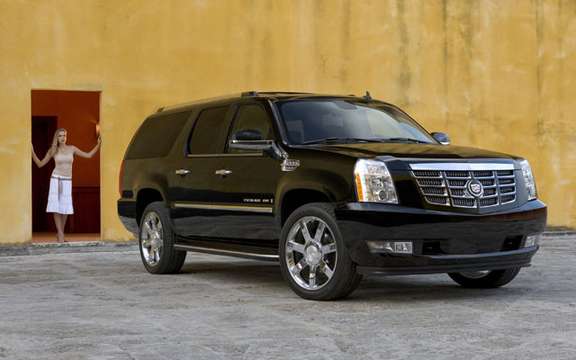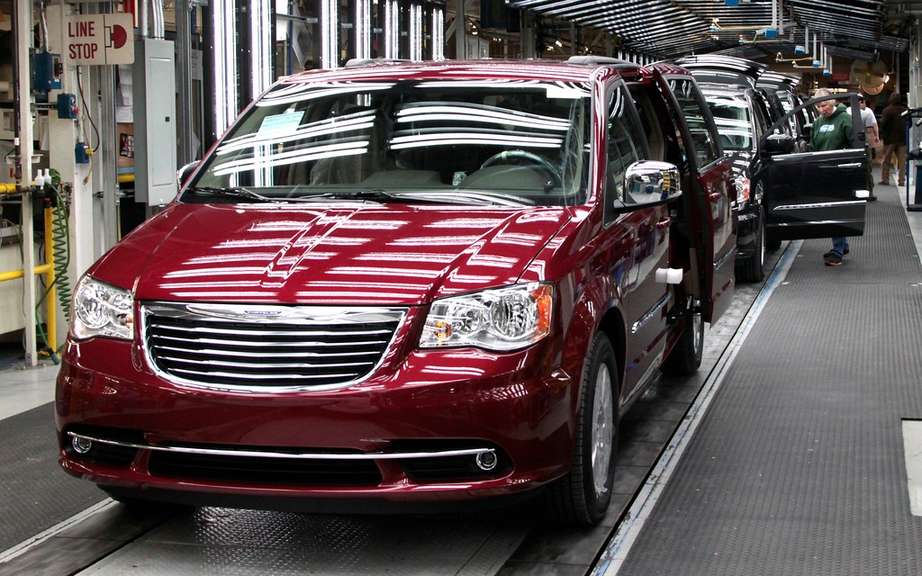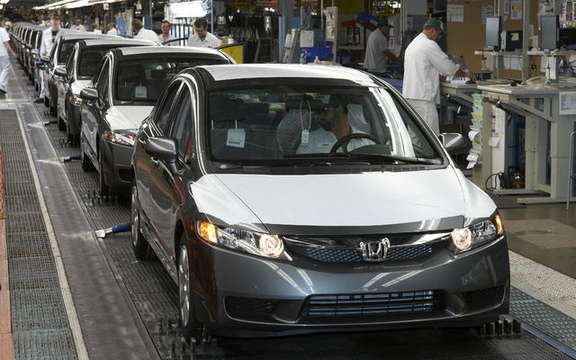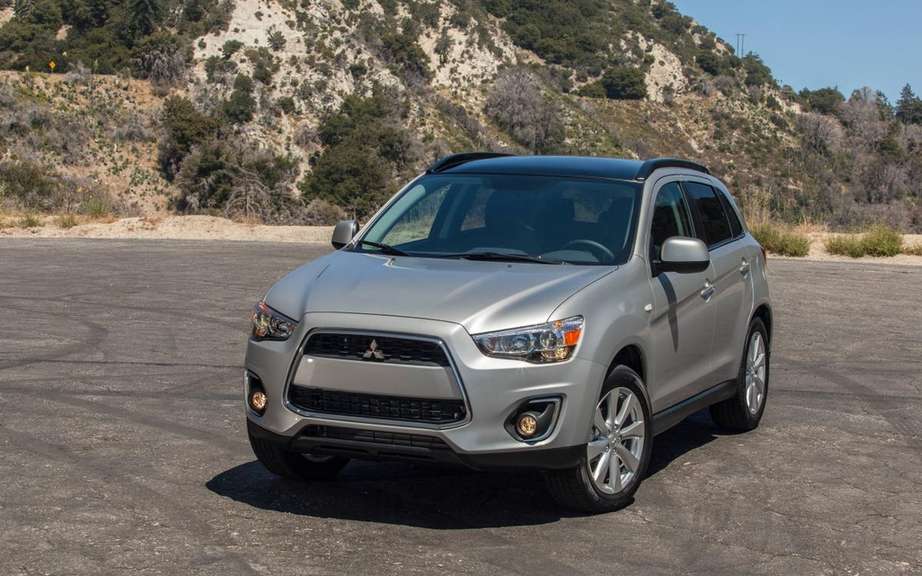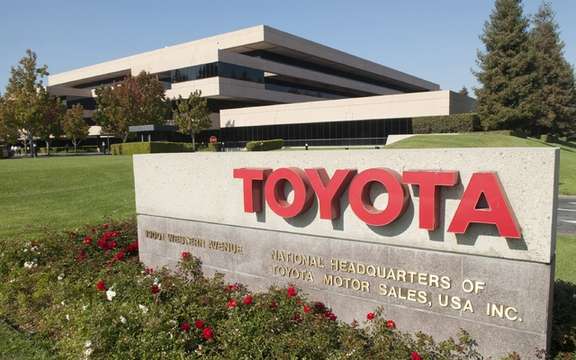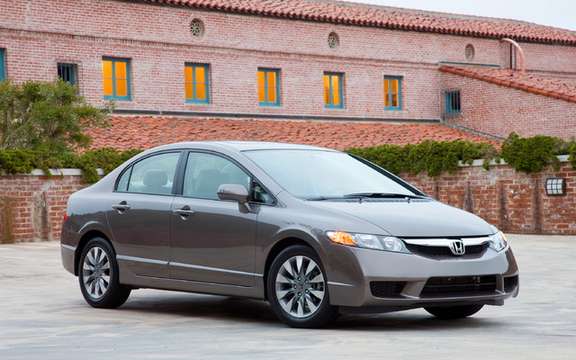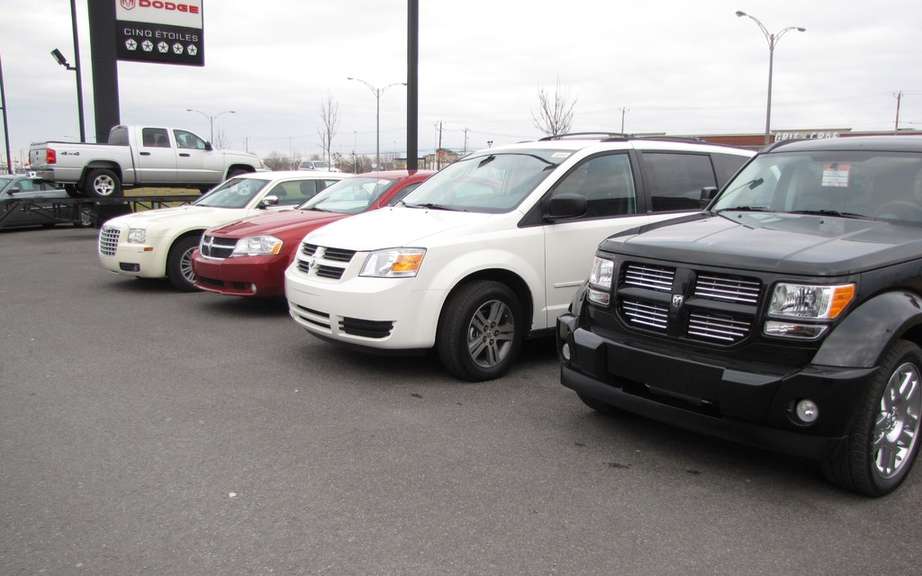Crossover utility vehicles could soon dominate the North American market
The crossover utility vehicle (CUV) boost the production of vehicles in Canada or assembly activities jumped nearly 30 percent in September, according to the latest report on the global auto industry released today by Education economic Scotia. Canada now produces nearly 27 percent of all assembled crossovers in North America, about 10 percentage points superiors has its share of total production from this region.
The assembly of the Ford Edge and Lincoln MKX Oakville benefit production CUV in Canada and it will be even more in 2008 when Toyota will start to manufacture the new vehicle crossover RAV4 its new Woodstock plant whose production capacity s 'pupil has 150,000
units.
Despite a decline of 3 percent from one year to the next sales of vehicles in the United States has so far this year, sales of MPVs, SUVs and compact intermediate constructed from the car platform, continue their sharply across North America. Sales to
U.S. jumped 16 percent this year to 2.1 million units, exceeding largely past sales both small cars and trucks. AUVs now represent the second largest segment in the U.S., ahead of only one intermediate cars which posted sales of 2.4 million units to date this year.
"The MUV are only a segment from the output of the model 2000, as well as sport utility vehicles (SUVs) in the year 1990, the segment experienced a phenomenal growth from 7 percent of total sales vehicles in Canada and the United States in 2002 was more than 17 percent so far this year. By cons, unlike the craze for SUVs that tops out in 2003, the demand for crossover vehicles should continue to increase during
next decade, "said Carlos Gomes, auto industry specialist at Scotiabank." Therefore, we believe that the CUV will exceed the intermediate cars next year to become the largest segment in North America. "
In Canada this year, sales of MUV, up 25 percent, rose even faster, result in part attributable to the granting by Ottawa for a discount with the purchase of fuel-efficient vehicles, such as new Compass and Patriot crossover vehicles from Chrysler. These two new models this year represent 7 percent of the Canadian market crossover, more than double their share of this market (3%) in our southern neighbors.
The popularity of AUVs Big Three partially offset decreases double-digit sales of minivans, SUVs and vans, segments which account for more than half of all sales of cars and light trucks. Crossover vehicles currently represent 20 percent of all sales of light trucks Big Three, compared to less than 14 percent a year ago. The preference of consumers for AUVs quickens, the detriment of SUVs, vans and trucks, a result of rising gas prices and the slowdown in the U.S. housing market.
"Although the media speak mostly of low treads SUVs and vans, the work vans, with volumes falling 18 percent compared to the year passes, which is the hardest hit of all the steps of the automobile in the United States this year, "he says Gomes. "The minivan sales in Canada and the United States have experienced their higher level to 2.1 million units in 1999, a level that will drop to 1.1 million in 2007. This decline of nearly 50 percent is the reflects a growing preference of consumers for AUV with some models, among other benefits, can accommodate up to seven passengers. "
Given the decline double-digit sales of traditional light trucks, AUVs will play a key role in the stabilization of market shares of the Big Three. Second, in August and September, these models have contributed to make a board more than 51 percent of all units of American walking Detroit automakers. Less than 50 per cent in July, this figure had touched its lowest level.
"Consequence of this public enthusiasm, some manufacturers increase production CUV to renew their stocks, while the overall North American automobile production is moving towards its lowest level since the economic downturn of the early 1990s," says Mr. Gomes.
Sales of motor vehicles on a global scale
The increase in sales of vehicles on a global scale continues, as evidenced by the increase of 3 percent in September, despite the weakening of established markets supported American and Europe
West. The South America has become the region that shows the strongest growth in 2007, with a jump of 24 percent in sales of vehicles has so far this year; the Brazil leads the way with a spectacular gain of 27 percent. China and Brazil are tied and compete for the title of walking
car taking the most considerable growth. Other large emerging countries such as India and Russia also experiencing rapid and sustained gains.
GM and Ford benefit from the robust growth abroad. Volumes at GM global scale have climbed 4 percent in the third quarter, boosted by a gain of 14 percent in markets outside of North America. Despite a decline of 7 percent year over year sales of the company in the United States, sales on a global scale took advantage of jump 22 percent in Latin America and recorded as a gain 16 percent in Asia, particularly in China. The sales
outside the borders americaines now account for about 56 percent of total sales, both at GM and Ford, compared to a third party not later than 2003. rapid increase in sales abroad helped GM has to regain his title as the world's leading seller, Toyota had robbed him briefly at the beginning of 2007.
Scotia Economics provides clients a thorough analysis of the factors that shape the outlook for Canada and the global economy, including macroeconomic developments, trends in exchange markets and capital markets, the performance of commodities and the industry
as well as issues relating to monetary, fiscal and public policy.
